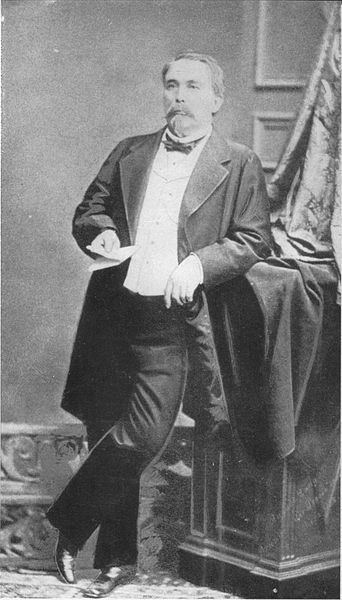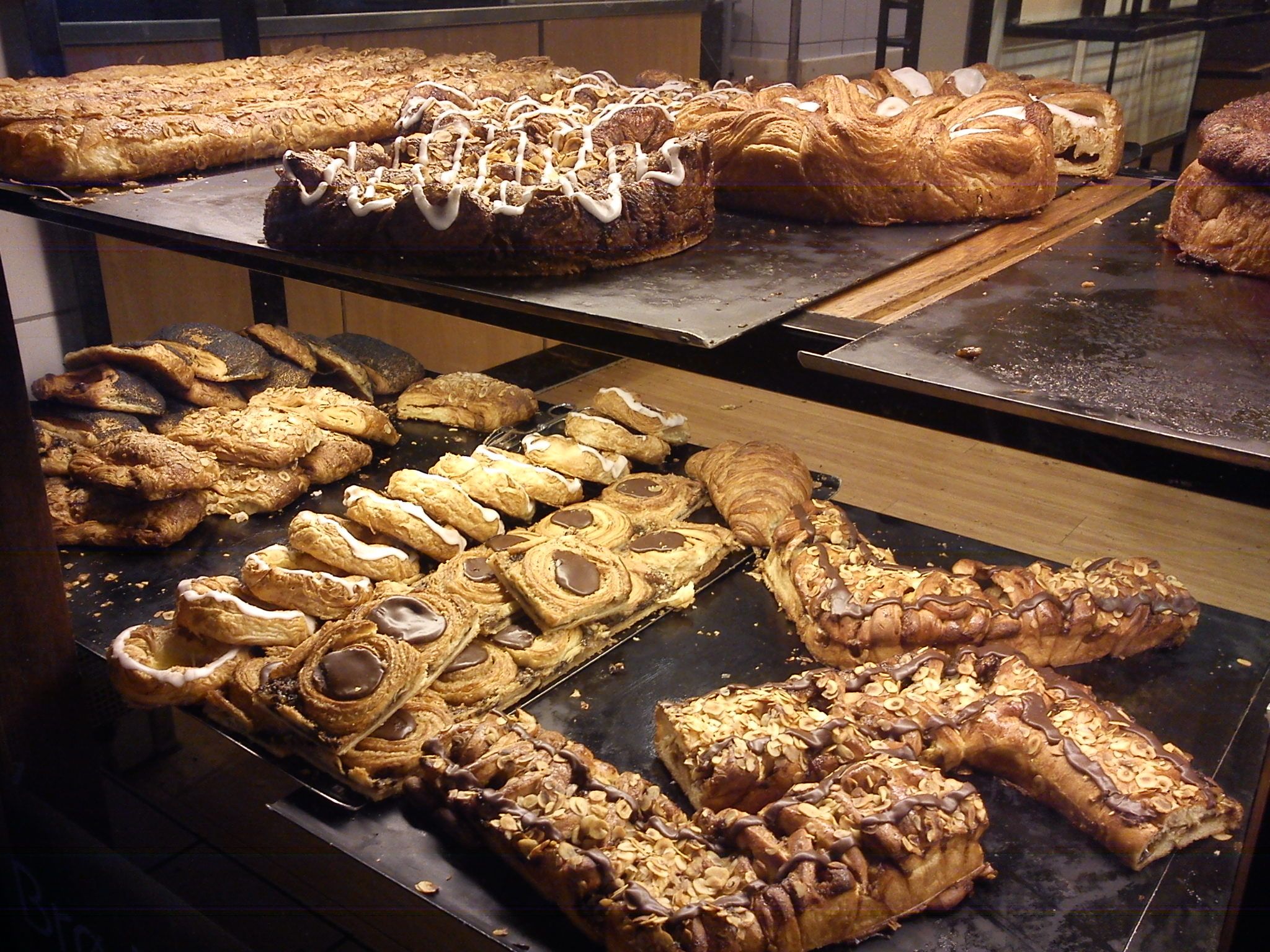Thousands of Americans based in Denmark will over the next week be in the kitchen busily preparing for Thanksgiving Thursday November 28, creating all manner of wondrous dishes. But while pumpkin pie and sweet potato casserole are the sweet dishes most traditionally favoured, an arrival on US shores in the 1850s today holds a strong claim to being that country’s favourite sugar-rush – and it has a familiar sounding name.
Its dough contains flour, milk, yeast, eggs and liberal amounts of butter. It can be topped with a sweet sugar glaze, nuts or sprinkles. Others of its kind are rolled or filled with creme or jam. When bought warm on Sunday morning, they are lovingly wrapped in paper and devoured with coffee, or saved for afternoon tea. The object in question is, of course, the Danish.
Waltz a Vienna, buddy?
In the country of its birth however, it cannot be called the Danish. There would be mass confusion. The Danish … what exactly? The Danish flag, the Danish kingdom, and the Danish fleet are all fine terms, but instead of something equivalent the Danish pastry is called wienerbrød or ‘Vienna bread’. Admittedly, this amounts to a strange substitution, but it is the accepted name.
This however becomes a problem in Vienna, where the people probably have more than one kind of bread. So in Vienna this same pastry is known as either Kopenhagener Gebäck or Dänischer Plunder – ‘plunder’ being a common expression for this kind of pastry, especially with cherries.
In the United States, folks are still hollering for the Danish that is supposed to be served with their coffee in the morning. They do not bother to say ‘Danish pastry’, but simply ask for a ‘Danish.’
Zang provided the zing
An explanation that involves the past 200 years can sort out this confusion, although the story itself is open to a good bit of hype and mythos.
If Denmark is giving credit to Vienna, while the rest of the world credits the Danes for this sweet marvel, there is a reason.
His name is August Zang, and he was born in Vienna in 1807. Zang was an Austrian inventor, who quit school to join the military and invented the percussion rifle – a rifle that could be reloaded faster. Shortly afterwards he quit the military and moved to Paris, opening a shop for Viennese baked goods in 1839, which was first called Zang’s and later Boulangerie Viennoise.
His style of baking was not yet popular in Paris. Zang’s dough was made like a normal bread dough, with yeast added that expands. Later a variety of ingredients – for example eggs, cream, milk or sugar – were added to the mix, giving it the consistency and sweetness of pastry dough.
The pastries – typically thought of as French and including croissants, brioches, and pain au chocolat – all use this style of sweet yeast-leavened dough. Even in the 21st century, these baked goods are known collectively under the name ‘Viennoiseries’, which is French for ‘Viennese specialties’. As for Zang, he sold his shop in 1848 after becoming interested in journalism, and he went back to Vienna to start the newspaper Die Presse.
While striking they struck gold
So how did the Danish make its way to Denmark? If it did not come by way of France, then it appeared first after a strike by Danish bakers in 1850. According to the Union of Danish Bakers, when the bakery workers went on strike, employers hired foreign manpower, including many Austrian bakers.
The Austrians were unfamiliar with Danish recipes and recreated Austrian ones, including the Kipfel, a crescent-shaped pastry made with white flour and brushed with butter. The Austrian recipe for Plundergebäck was especially popular, along with several other baked goods made out of this same type of buttery, yet yeast-leavened dough. Danish bakers then added more egg to the recipe, raising the fat content and creating the pastry on sale in town today.
It was not too long after the bakers’ strike that the pastry travelled to the United States. LC Klitteng travelled from the island of Læsø – famous today for their pure sea salt – to the US to popularise the pastry called the ‘Danish’ in a series of rapturous newspaper articles.
The Oakland in California published an article in August 1917 comparing the new Danish to the French pastry: “But with the Danish pastry, you just tuck a small morsel under the tongue, roll up the eyes, say ‘Ah-h’ as though there were a sky rocket present.”
As eaten by President Wilson
Klitteng had quickly spread the word across the country by supplying his pastries to the wedding of President Woodrow Wilson in 1915. By 1920, he had established the ‘Danish Culinary Studio’ at 146 Fifth Avenue in New York City in order to instruct bakers in the city, as well as others via a correspondence course, on how to make this traditional delicacy.
Shops selling only Danish pastries began popping up all over New York, resulting in this complaint in The New York Times on 2 December 1919: “The complaint further alleges that at present there are restaurants, masking as French and Danish pastry shops, which will in a very short time be selling liquors.” This complaint was published shortly before the introduction of prohibition.
The Austrian (isn’t that Arnie?)
Someday, when the world becomes overpopulated and the Austrians and the Danes cannot avoid each other anymore, they might very well hash it out and find an international name for this pastry. For the time being, the Americans will continue to call it a Danish no matter what Europe says, until they decide on an even unhealthier breakfast food. Even if it should be called an Austrian.












